Generating a good sine wave requires a high sample rate, and reasonable accuracy DAC. A DMA channel is used to blast a sine wave (or any other periodic function) out of port B.0 to B.5 and B.7. (Note that B.4 and B.5 have a required config statement to turn off JTAG and clock input and that B.6 does not exist on this package). On a PIC32 running at 60 MHz, the DMA channel can support about 3.5 million bytes/sec in single byte transfer mode triggered by a timer (but with no ISR). The useful frequency range is 10 Hz to 200 KHz. During synthesis, NO cpu cycles are used. The sine table is dynamically sized according to the frequency range to minimize distortion. The sine wave delivered has the highest amplitude error harmonic about 40 db below the fundamental up to 100 KHz and less than 35 db above that frequency. Code is here. Spectrum and waveform of a nominal 80 KHz signal is below.
ZERO CPU load function generator
PIC32 DMA can send a sine table to a DAC at >3.2 million samples/sec, making low distortion 100 KHz sine waves and using zero cpu cycles.
 Bruce Land
Bruce Land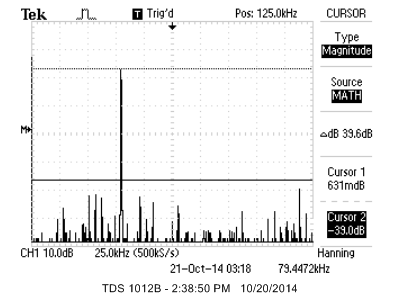






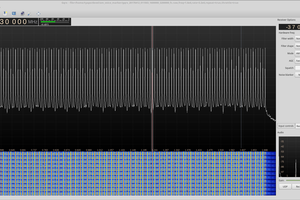
 Ted Yapo
Ted Yapo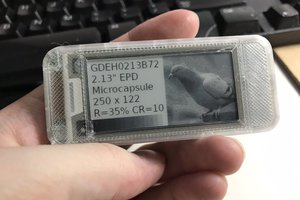
 Wenting Zhang
Wenting Zhang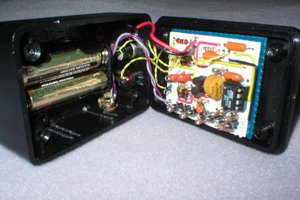
 Scott
Scott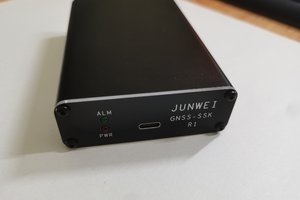
 jr9910
jr9910
When the DMA gets to the end of the table, does it require CPU intervention to wrap back around, or will the DMA hardware do that for you? I am looking at trying to implement circular buffers for UART handling on an Atmel ARM processor, and it looks messy.